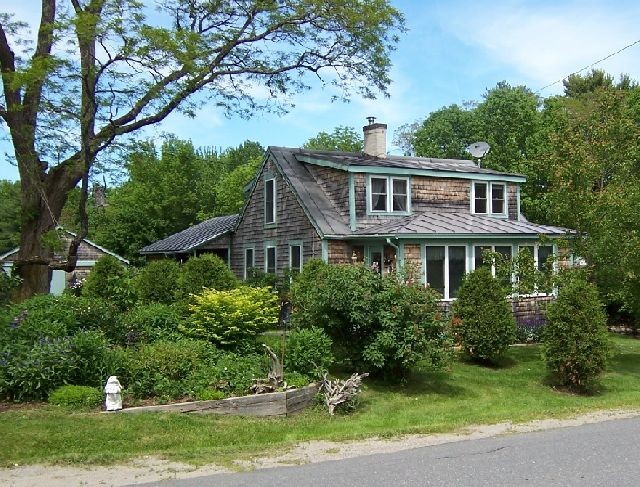Maine Real Estate
Post on: 16 Март, 2015 No Comment

Maine Real Estate News & Notes
The Case-Shiller Home Price Index — September 2008
Have you ever heard of the Case-Shiller Index? In press releases from Standard & Poors who compile the Index it has been portrayed as being the leading measure of U.S. home prices. This may or may not be true, but understanding how it is complied and what it means is important in deciphering the many contradictory claims about the national housing market.
The most recent home price report was recently completed for the first six months of 2008 and the results are included in the report: 2008 Home Prices — First 6 months .
An Overview:
The Case-Shiller Home Price Index measures the residential housing market, tracking changes in the value of the residential real estate market in 20 metropolitan regions across the United States. The index uses the repeat sales pricing technique to measure housing markets. First developed by Karl Case and Robert Shiller, this methodology collects data on single-family home resales, capturing resold sale prices to form sale pairs. This index family consists of 20 regional indices and two composite indices as aggregates of the regions.
The overall Index is calculated monthly and published with a two month lag. For a summary of how the index is compiled and the metro areas included, S&P has prepared the report: Index Summary .
Some Concerns:
The Index does not include price data from all states, and some of those excluded (such Idaho, Montana and Wyoming), have experienced some of the highest home appreciation in the nation this year.
Second, the Index has incomplete data in 29 states, which would leave one to question how a true national statistics can be provided when the base figures include no data for 26 percent of the states and only partial data for another 58 percent.
Third, the Index does not sample sale prices associated with new construction, condos and multi-family dwellings, since they do not fit the definition of single family.

Some Conclusions:
As the YTD report indicates, homes prices per the index are 19% below their July 2006 peak, and many analysts say the decline is far from over. The inventory of unsold homes on the market is still very high, they point out, and until that excess is absorbed, it is a buyers’ market. Moreover, financial firms, who have been harmed by bad mortgage debt are trying to rebuild cash reserves, making the firms less willing to extend loans to would-be buyers.
And the combined effects of the housing and credit crises have damaged the balance sheets and credit-worthiness of many households, leaving them a high hurdle to buying a new home. Yale University professor Robert Shiller, the co-creator of the Case-Shiller index, is among those who think it will be some time before prices stabilize.
But in a paper presented before the Brookings Institution in Washington September 11th, Mr. Case argues there is cause for optimism. He notes that of the 20 metropolitan areas covered by the Case-Shiller index, nine have shown prices slightly improving in recent months. He also says that the relationship between incomes and home prices has neared a level seen at the end of past housing slumps.
So, even between the creators of the index, there is disagreement. What a surprise!
The Case Shiller Index is not the only game in town.When evaluating the state of the real estate market the other leading reporters of national housing trend — OFHEO (the Office of Federal Housing Enterprise Oversight), NAR and Realogy should also be reviewed. In many cases the information in these studies includes more actual transactional data in local markets. We will be providing information on these alternative indexes in future issues.














